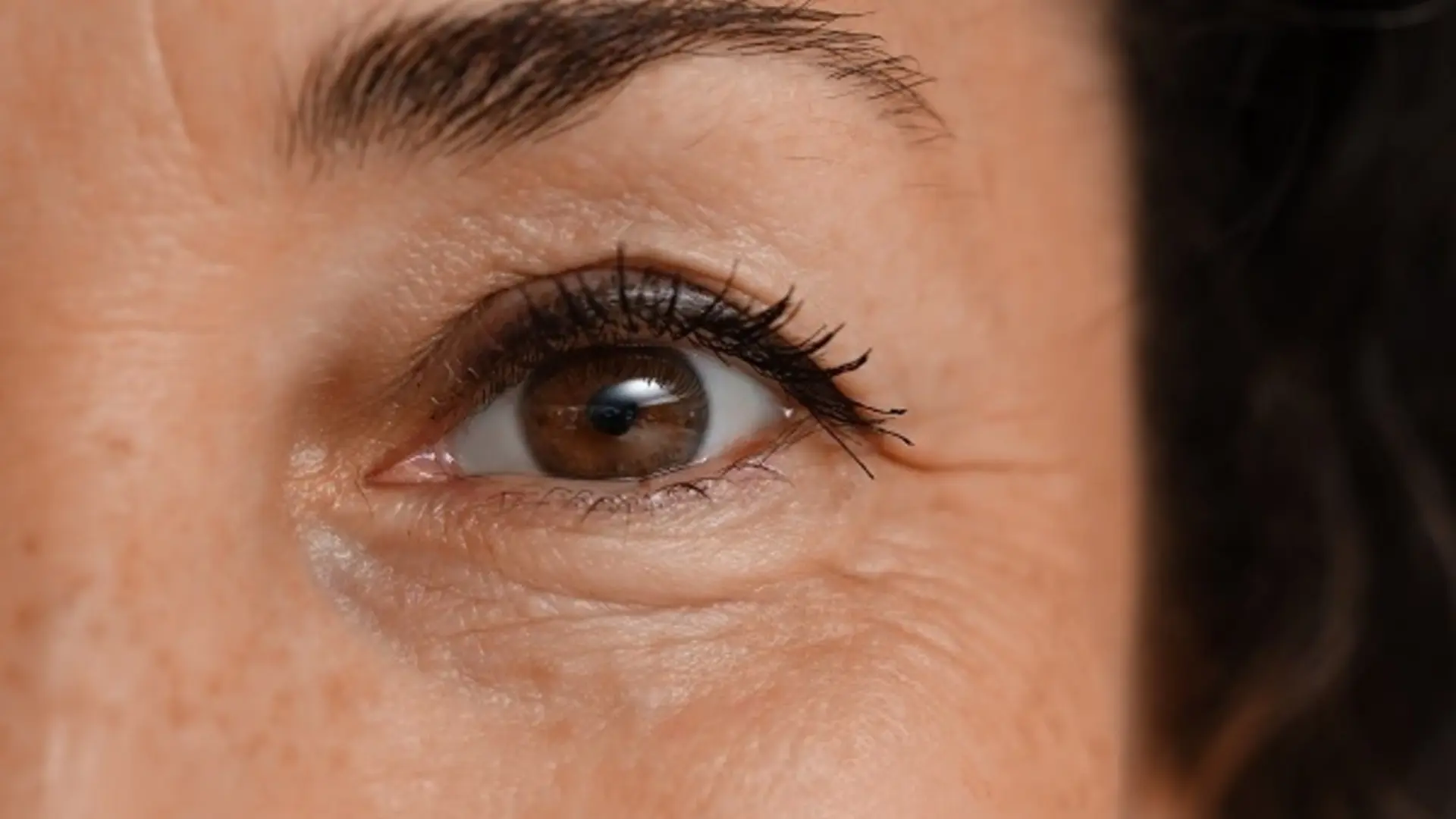Retinal changes may help in early detection of Alzheimer’s disease

Changes occurring in the retina may serve as an indicator of early detection of Alzheimer’s disease. A research team led by the Ramon Castroviejo Institute of Ophthalmology (IIORC), the Complutense University of Madrid (UCM) and the San Carlos Clinical Hospital Health Research Institute (IdISSC), in collaboration with international institutions, observed vascular and structural changes in the retina in a mouse model of Alzheimer’s disease (AD) at its earliest stages, which will open up new possibilities for early detection and monitoring of this neurodegenerative disease.
Specific, Significant changes in the vascular structure of the retina were found in mice.especially in the superficial vascular complex, as well as variations in retinal thickness, with a decrease in the thickness of the inner retinal layers and an increase in the thickness of the outer layers at most points in the analysis. These structural changes precede the cognitive changes that occur in later stages of the disease.
The study was conducted using advanced imaging technologies. such as optical coherence tomography (OCT) and optical coherence tomography angiography (OCTA), to analyze the retina of APPNL-F/NL-F transgenic mice, a model that closely mimics AD pathology in humans. The study, published in the journal Biomolecules, covered different life stages of mice aged six to 20 months and compared them with age-matched control mice.
Early detection of Alzheimer’s disease is crucial for the management and treatment of this disease. Vascular and structural changes in the retina, detected by non-invasive methods such as OCTA, represent a promising tool for early diagnosis. “These findings not only facilitate the understanding of the underlying mechanisms of AD, but also “They may also lead to the development of new early intervention strategies.”said IIORC researcher and study co-author Maria Rosa de Hoz.
